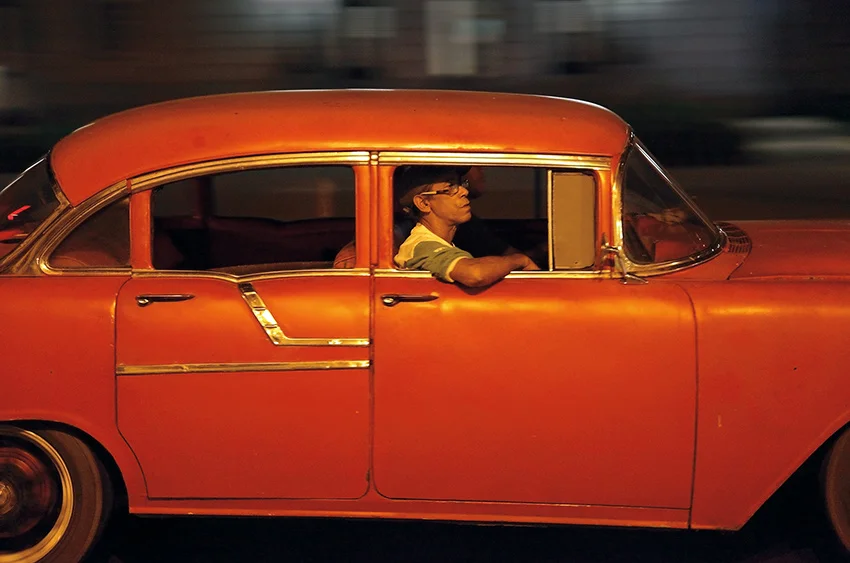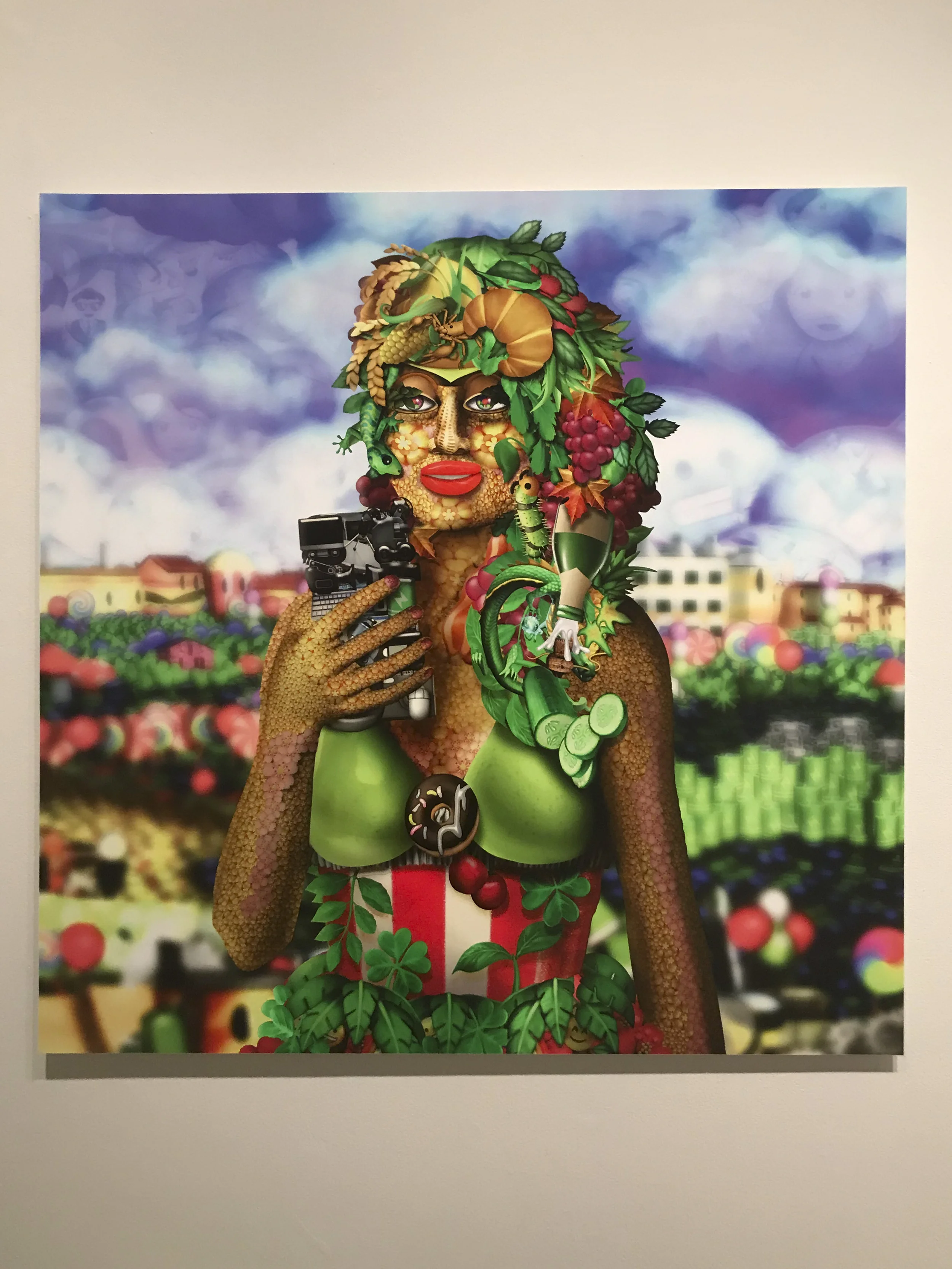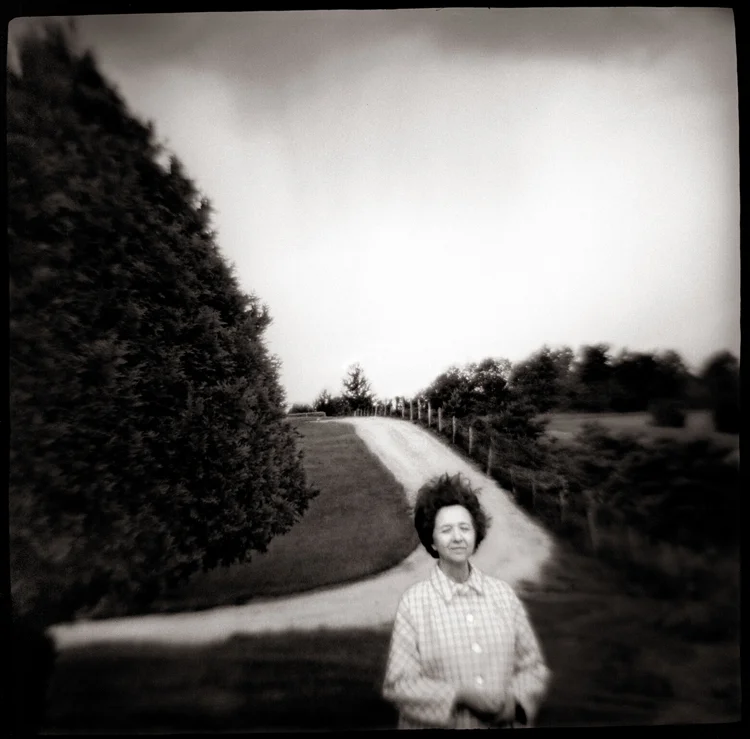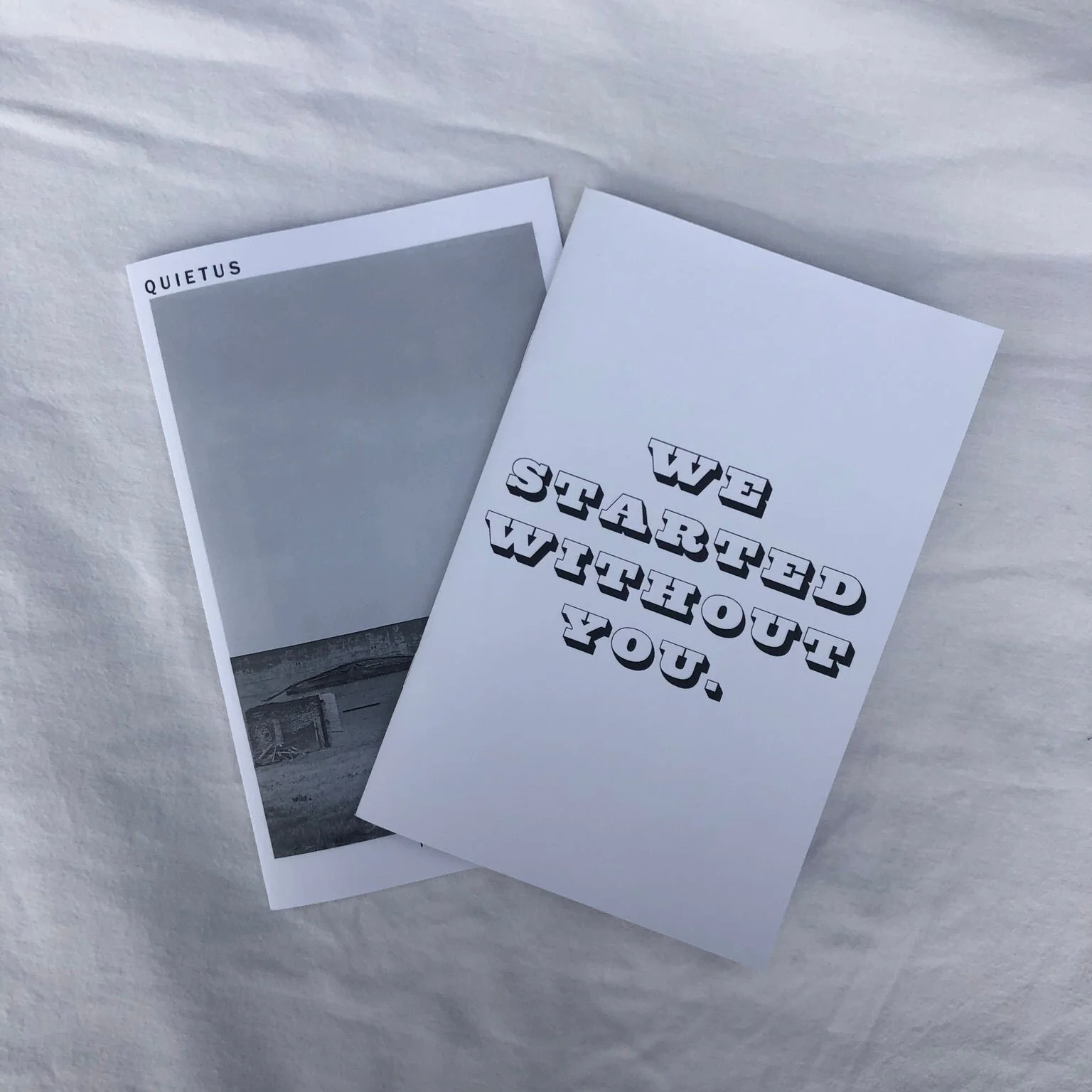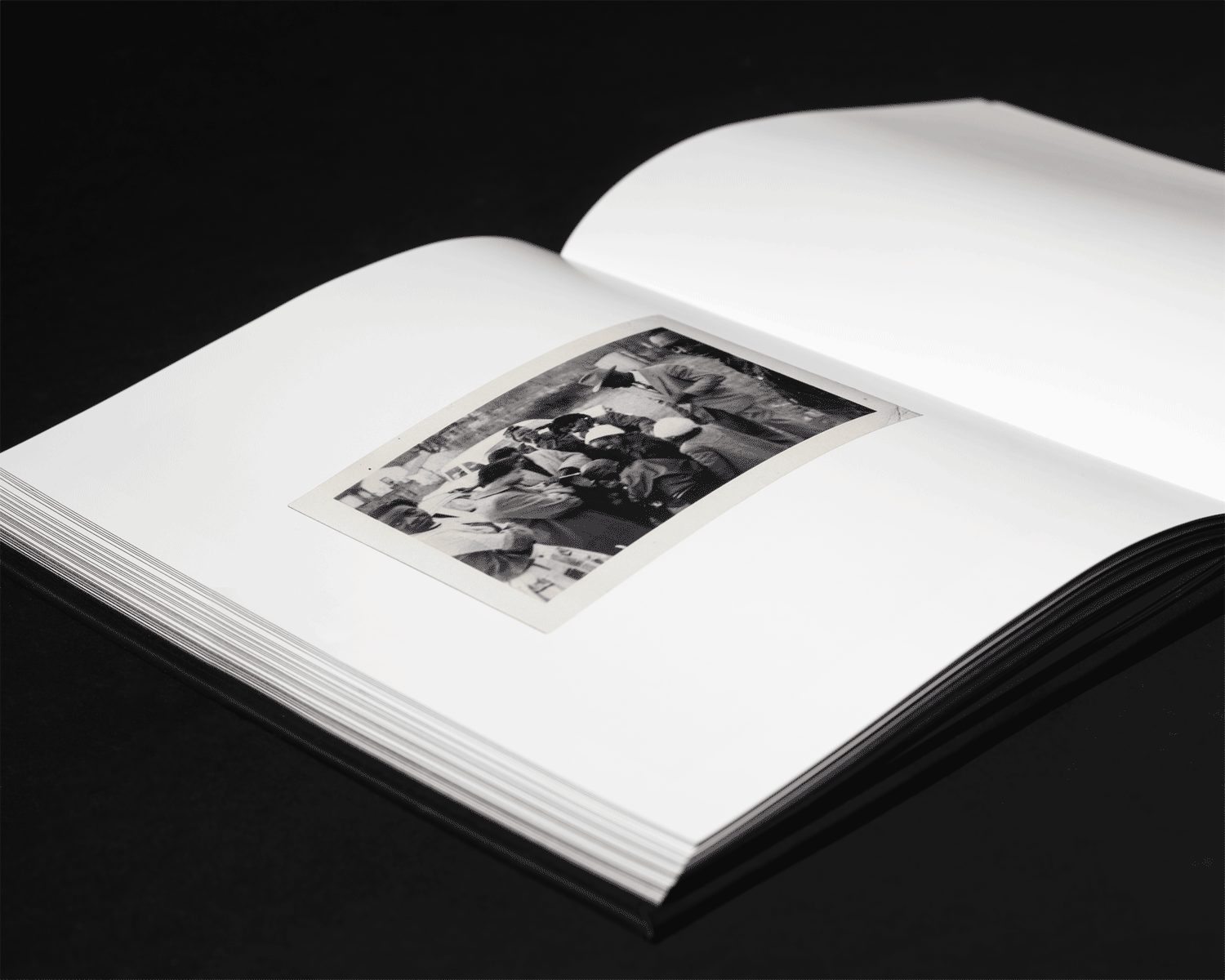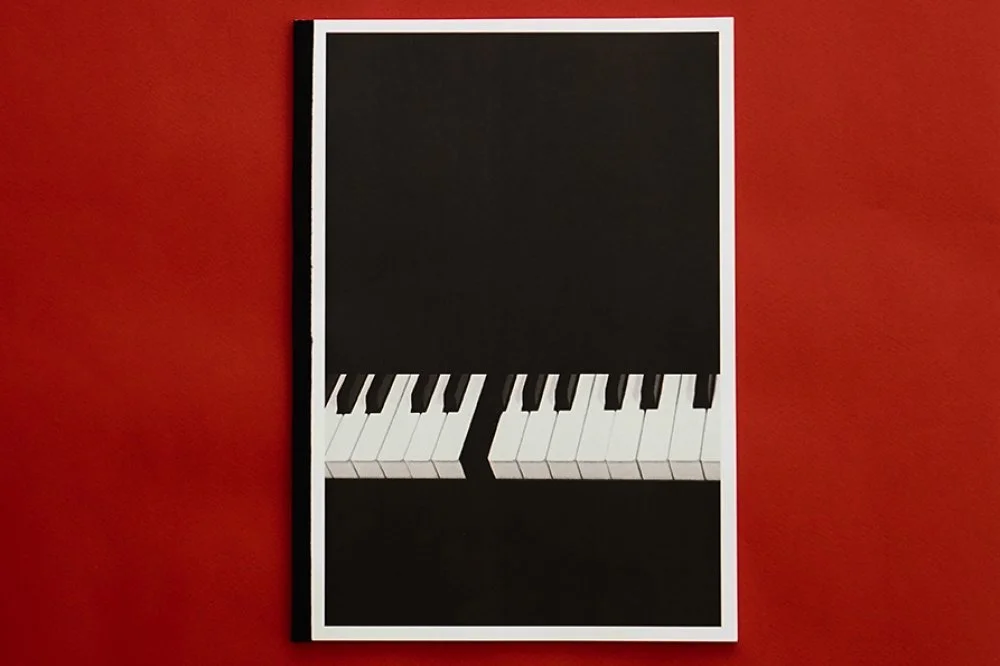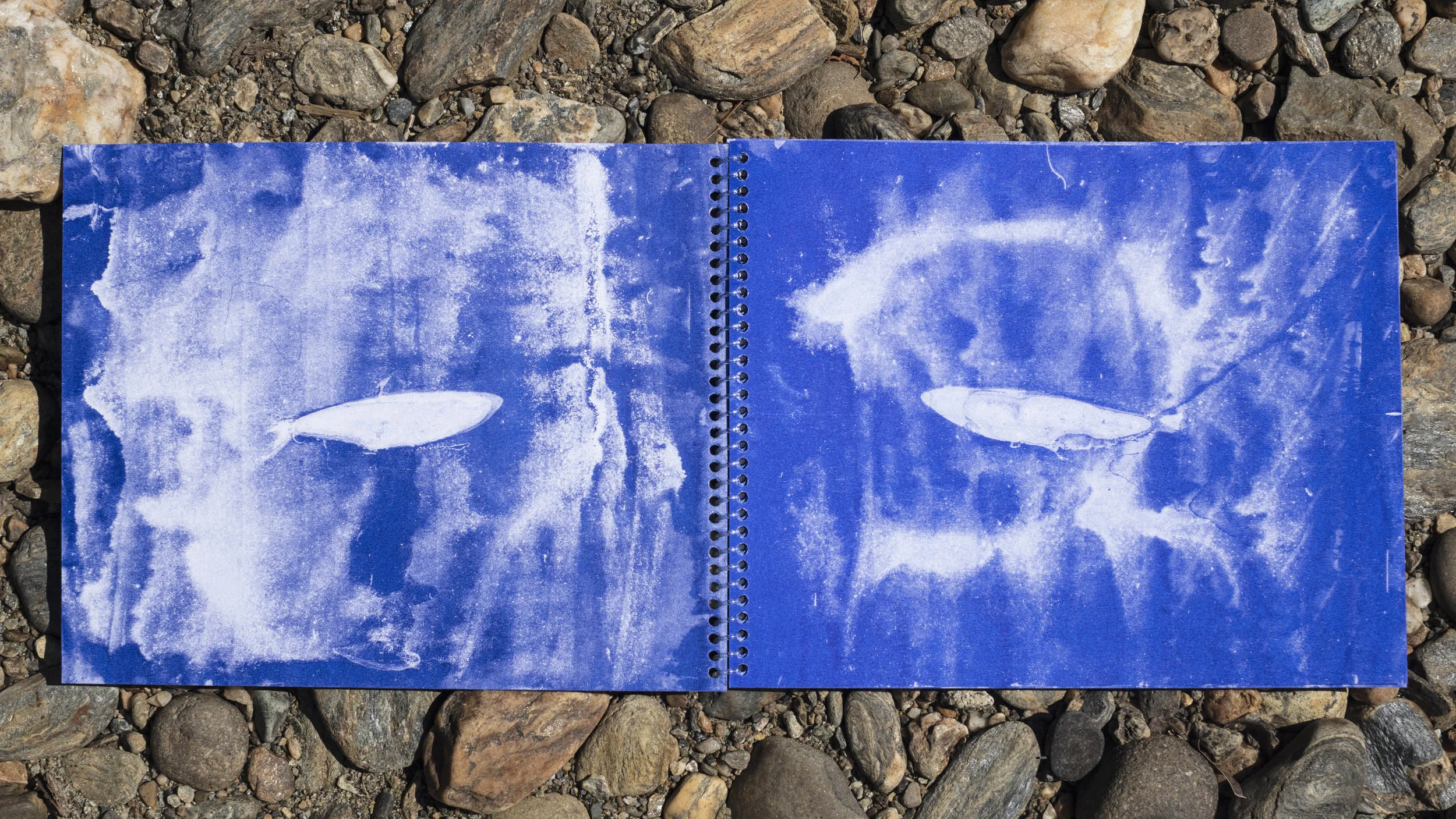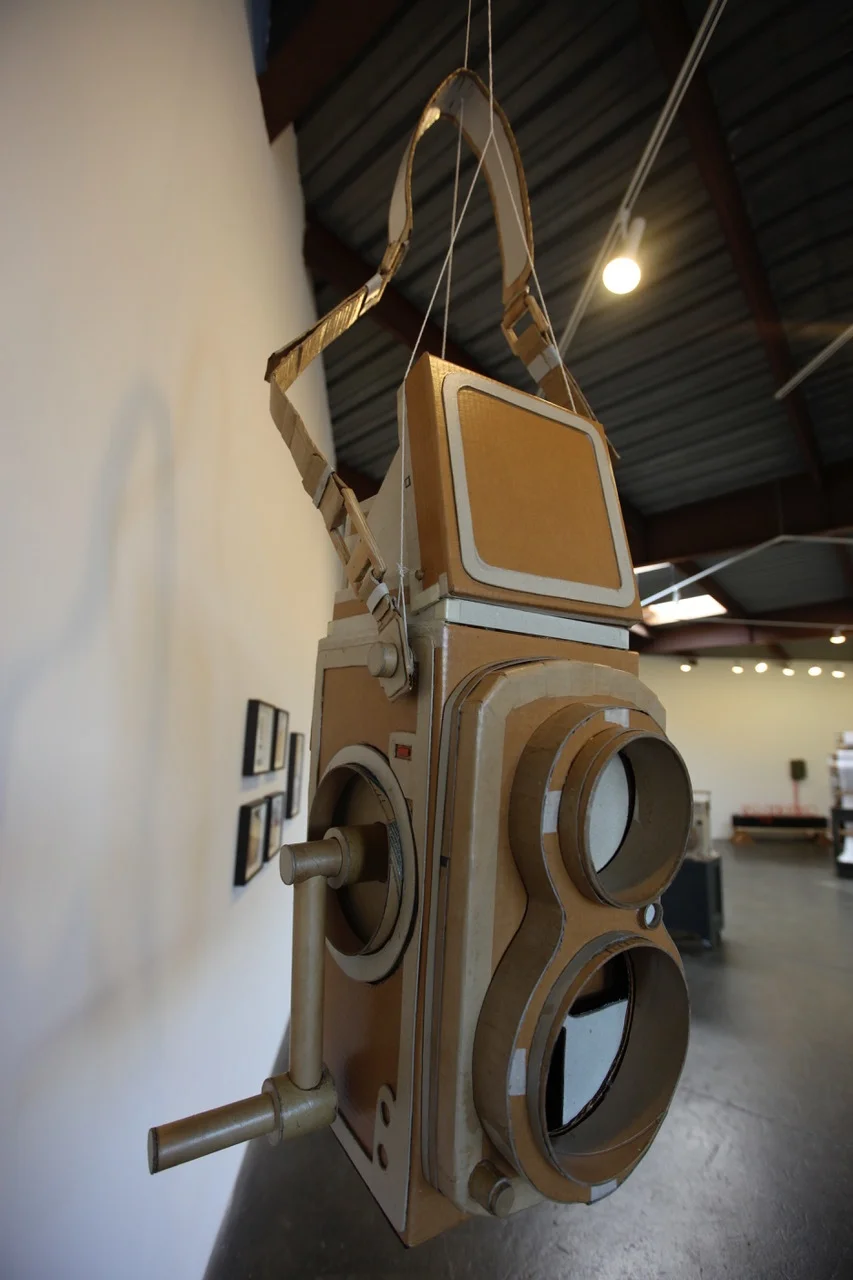Every month an exclusive edition run of a photograph by an artist featured in Don't Take Pictures magazine is made available for sale. Each image is printed by the artist, signed, numbered, and priced below $200.
We believe in the power of affordable art, and we believe in helping artists sustain their careers. The full amount of the sale goes to the artist.
We are pleased to release June's print, "Offshores" from Daniel Grant. Read more about Grant’s work below.
Purchase this print from our print sale page.
Offshores
Archival pigment print
6 x 6 signed and numbered edition of 5
$100
Answering a call as old as the sea itself, Daniel Grant was drawn as a young boy to the ocean’s edge. And like a siren song, it calls to him still, infusing the photographs in his series Sand People with reverence and yearning. Growing up in southern California in the 1970s and ‘80s, the beach was a limitless playground on which to run freely, at least until dinnertime. But as a latchkey kid living with his mother and two sisters, it also became a place where Grant discovered an enduring brotherhood. When his friends’ older brothers took them to the beaches, Danny eagerly joined the ad hoc family of “surf rats,” bonding through their ocean adventures, clothing, language, and music. The sense of belonging was infatuating and the lifestyle, pure fun.
Grant has spent years “following the swell,” photographing Sand People in California, Hawaii, Costa Rica, North Carolina, Mexico, Spain, France, and Australia. And while he relishes the idiosyncratic flavor of each location, it is impossible to detect those differences among his images. Instead, the viewer senses the predominance of surf culture over every other. “It’s like a religion,” says Grant.
That universal surfing ethos might make it all too easy to create repetitive images, but Grant sustains our attention with a dynamic variety of content, perspective, composition and texture. His use of a Diana toy camera imparts an intimate visual narrative. Something of a subculture itself, those who photograph with toy cameras—known for their uneven exposures, focal variations and light leaks—invite the dreamy implication of memories, along with the substantial vagaries of chance. It seems an especially fitting camera to use when tracking the wanderings of his subjects in Sand People. Whether picturing a group or lone surfer, tumultuous or velvety seas, a stand of battered boards, or the campy features of surfside neighborhoods, Grant’s imagery transmits a soulful feeling, one that reflects his own journey, as irregular as the coastline.
Serendipity has played as important a role in Grant’s life as it has in his imagery. Consumed in his youth with surf culture, his career path followed a circuitous route from bartending to a degree in Environmental Studies (something he discovered that “all surfers choose”). When his classic, youthful aspiration to, “make a difference and change the world” collided with the need to make a living, Grant again changed course. Landscape Architecture became the viable career that allowed him to combine his creative instincts with his zeal for outdoors and travel.
Grant’s studies allowed him to crisscross the world, but it was a college elective in photography that opened that world up to him in unimaginable ways. His first visit to a gallery was with this class, transforming his view of photography, “from a means of advertising to one of personal expression.” It was the mid-1990s, and Keith Carter’s black-and-white series Ezekiel’s Horse was on view. Grant says that he experienced, “a revelation about the use of depth of field and the one-image story in conjunction with an overarching theme.”
Prior to starting his master’s degree, he joined a group of restaurant co-workers traveling to Europe for a month. Before leaving, a friend gave him a Holga toy camera and about 20 rolls of expired film, which he carted along, completely ignored, until he lost his workhorse 50mm Pentax lens to a lake in a lens change on an unsteady boat. From that point onward, Grant used the Holga exclusively, later commenting, “I loved the way that camera captured cultural differences. It changed my entire world view again.”
Later, while living in San Sebastian, Spain for a six-month graduate study travel program, Grant made the switch from a Holga to a Diana toy camera. His extensive travels provided the material for his first photographic series, which was mostly in black and white and covered a range of subject matter. Subsequently, his work became more autobiographical, with Homeland tracing his family’s roots in Italy, and Remembered Landscapes paying tribute to his late father through blurred color images.
It was nearly a decade after that first gallery visit that Grant enrolled in a Santa Fe Workshop with Keith Carter, an experience that altered his shooting style again, “I started thinking about series, about creating a story over time and envisioning a bigger picture.” During the workshop, he stretched himself in a new direction, shooting nudes in a series that became My Affair with Diana (yes, the camera), winning Grant the 2007 People’s Choice Award for “Natasha” in SoHo Photo Gallery’s Krappy Kamera Competition, an exhibition at the SFMOMA Artist Gallery, and numerous awards and honorable mentions since then.
With Sand People, Grant seems to have come full circle, adopting another sage piece of advice from Keith Carter: “shoot what you love.” In returning to surf’s tribal coastal culture, Grant has married youthful passion with a mature photographic style. Architectural training has helped to hone his native sense of spatial relationships, cultivating concepts of symmetry, order, and the ideas of positive and negative space, an effect accentuated by the Diana’s square format. To this Grant deliberately introduces the magic of chance. “I’m extra careful with my composition and framing, but the image is ultimately manipulated by light and the time of day, with the Diana providing an element of surprise with the exposure.”
It is Grant’s combination of sophisticated, controlled design and the capricious nature of the toy camera’s treatment of light and focus that makes his photography so alluring. His use of silhouetted figures, soothing light, and the hazy vignette of the Diana’s frame bestow an otherworldly sensation of dreams and memory. With its modern narrative and vintage aura, Grant has invented a special combination of story and photographic object, his own riff on reality. This son of the California coast and citizen of the world has captured the essence of Sand People in image that are undeniably evocative, intensely meditative, and gently lyrical.
This article first appeared in print in Issue 6.
Elin Spring is a Boston-based portrait photographer and the author of the photography blog, What Will You Remember?
















































